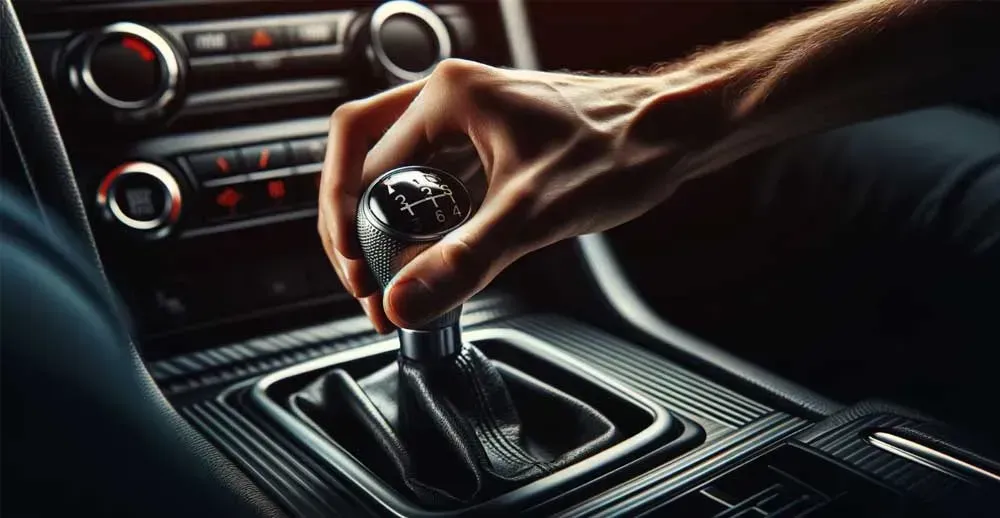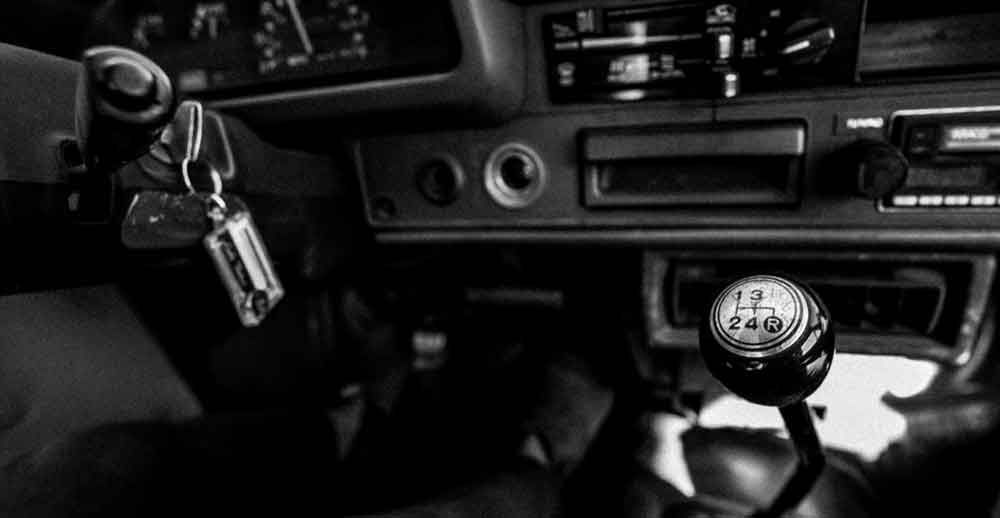Driving Blogs

Night driving can sometimes be very difficult, this is especially so for those learner drivers preparing for their driving test. Melbourne is known for night driving and it is very important for a person to master this in order to be a confident driver. Although the driving tests in some areas do not include night driving, Melbourne has certain rules that allow learner drivers to face different conditions. This article contains very informative information and tips to help you get ready and cope with night driving during your driving test in Melbourne, Australia.

Driving a manual vehicle is like performing a well-coordinated dance with your feet, where the clutch, brake, and accelerator pedals are your dance partners. So if you want to learn how to drive a manual car you need to master these pedals and it is crucial for both safety and efficiency on the road. The clutch connects and disconnects the engine power to the wheels, allowing you to change gears smoothly. The brake helps you slow down or stop, keeping you safe in traffic or during sudden halts. And the accelerator controls the speed, helping you move at the right pace. When you know how to use these three pedals in harmony, you can drive more confidently, save fuel, and reduce wear on your car. It’s all about finding the right balance, so your driving experience is smooth and enjoyable. A manual transmission is a type of gearbox in cars that lets the driver change gears by hand using a gear stick and clutch pedal. It’s like being the boss of your car’s engine, deciding how fast it goes and how much power it uses. The cool thing about driving a manual is that it usually uses less gas, can cost less to fix, and gives you more control, especially on slippery roads or when you need to speed up quickly. Plus, many people find it more fun to drive because you’re more involved in the action.

Driving a manual transmission vehicle offers a level of engagement and control that automatic cars can’t match. However, mastering the art of manual driving is not just about learning how to operate the clutch and shift gears. Equally important is the technique of proper hand placement on the steering wheel and the gear stick. These fundamentals are crucial for maintaining control, ensuring safety, and enhancing the driving experience. Proper hand placement ensures that drivers can respond swiftly and accurately to various driving conditions, while adept gear shifting allows for smooth transitions and optimal vehicle performance. This article delves into the essentials of manual car hand placement and gear shifting, offering insights and techniques to help both novice and experienced drivers refine their skills. Understanding and applying these principles will not only make your drive more enjoyable but also contribute to your growth as a proficient manual car driver.

When it comes to driving, there are mainly two types of cars: those with automatic gearboxes and those with manual ones. In a manual car, you change gears by hand using a gear stick and a third pedal called the clutch. This might sound a bit tricky at first, especially if you’re used to driving automatic, where the car does a lot of the work for you. But why learn to drive a manual ? Well, for starters, manual cars often give you more control over the car, which can be really useful in some driving situations. They can also be cheaper to buy and sometimes use less fuel. Plus, knowing how to drive a manual car means you can drive pretty much any car, which is handy. In this article, we’ll cover the basics of starting and stopping a manual car. We’ll take it step by step, so whether you’re just curious or you’re getting ready to learn to drive, you’ll find something useful here.

Obtaining a driving licence is a crucial step for anyone looking to navigate Melbourne independently. With a licence, commuting becomes significantly easier, allowing for personal and professional flexibility. Melbourne’s vast layout and suburban spread mean that driving is often the most practical transport option. In this article, we’ll explore the streamlined process to acquire a driving licence in this vibrant city. From initial application to passing your driving tests, we’ll guide you through each essential phase to ensure you’re well-prepared for the road.

Having a driver’s license may be one of the biggest achievements for those learning to drive in Melbourne, but the process can be quite stressful, particularly when having to face the driving test on the first attempt. Therefore, it is worth considering the common mistakes that candidates make during the test in order to maximize their chances of success. In this guide, we’ll look at some common mistakes as well as ways to avoid them if you’re taking your driving test in Melbourne, Australia.

The written theory test is a crucial part of obtaining a learner’s permit in Melbourne, Australia. This test assesses your knowledge of road rules, traffic regulations, and safe driving practices, ensuring you are ready to navigate the roads safely. Passing the written theory test is the first step toward becoming a licensed driver, and preparing effectively is essential. This article provides practical strategies to help you ace the written theory test in Melbourne, focusing on study materials, techniques, and key areas to focus on.
Have questions about driving or want to book a lesson? Call us now on 0419 292 939 – we’re here to help you become a better driver!



